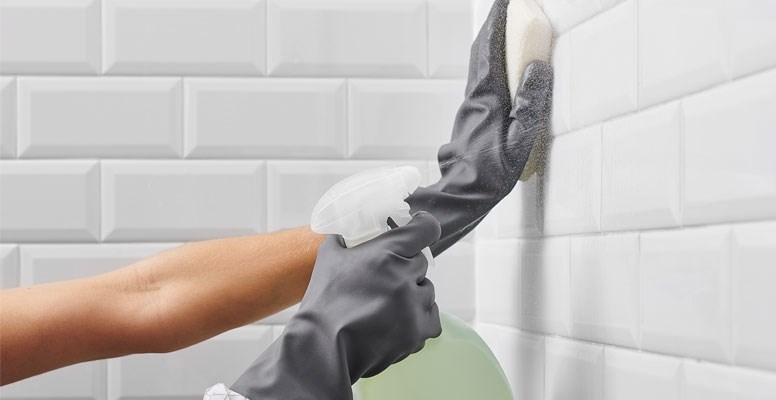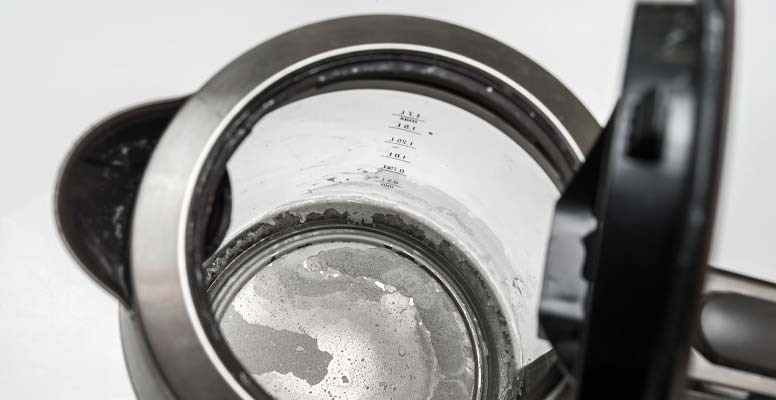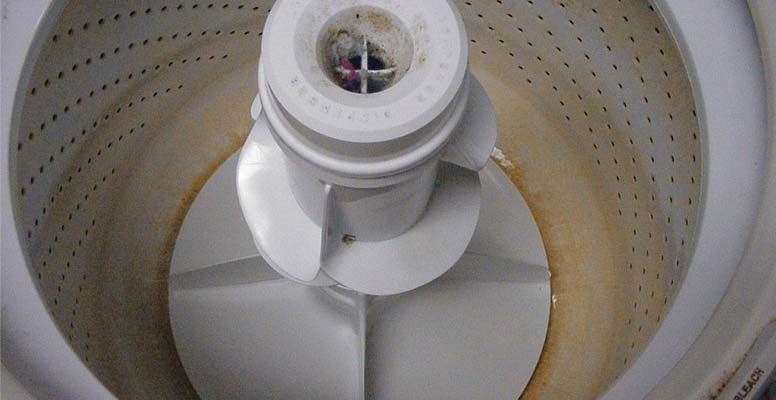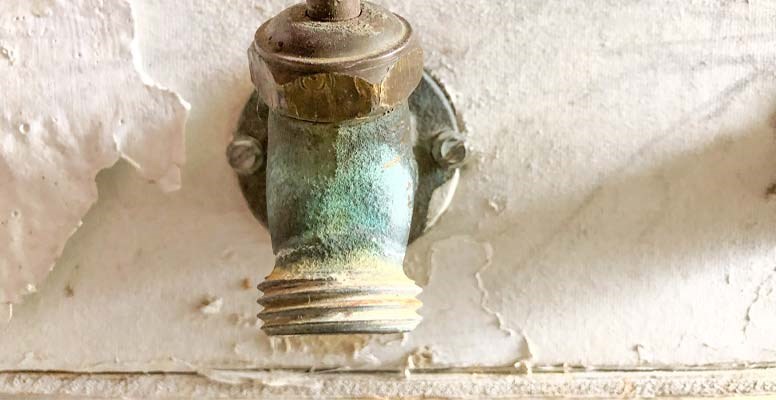Why Is Your Water Causing Stains?
What causes hard water stains, iron stains and low pH stains, and how can you prevent them?

Water is a natural solvent. Given the needed time and conditions, it will dissolve anything it comes in contact with. Depending on where you live, your water can contain iron or manganese, which can cause rusty-orange or black stains. Your water can have a low pH value, which can cause blue stains or green stains. Water containing dissolved calcium and magnesium can cause hard water stains that appear as cloudy spots or a white-chalky buildup. Water can even alter hair color, dry out skin and hair, stain anything it comes in contact with, and more. Water stains are very difficult to remove if you can get rid of them at all.
Schedule a Free Water Test to See What's Causing Your Stains
Hard Water Stains
Hard water stains are caused by, you guessed it, hard water. Dissolved calcium and magnesium is what makes water hard. The more that’s dissolved in the water, the harder the water. Most homes in the United States have hard water, which is apparent when you see white spots, soap scum or a chalky buildup of mineral deposits on tubs and tiles, glass shower doors, showerheads, fixtures and sinks. You may also notice evidence of hard water in water-using appliances or hard water spots on tableware and glasses.

Preventing Hard Water Stains
To prevent hard water stains in your home, we suggest water softening. The most effective way to soften water in your home is to install a water softener that uses the ion exchange process. Kinetico offers a range of water softeners to suit your needs.
Learn more about Kinetico Water Softeners
Iron Stains
Many homeowners notice their water leaves a rust stain on surfaces throughout their home. When these reddish-orange stains appear, it often means your water contains iron. Some of the most common iron staining issues are water rings in toilet bowls and the toilet tank, reddish-orange stains in your dishwasher or washing machine and red and orange stains on clothing after it has been washed.

Preventing Iron Stains
To prevent future stains, you need to understand what type of iron exists in your water. Ferrous iron is not visible in water, but it leaves rust-like stains on clothes and other surfaces that frequently come in contact with your water. When a glass of water settles, ferric iron is the brown sediment you may see at the bottom of a glass of water once it has settled. Since ferrous iron and ferric iron require different treatment methods, a water test is needed to determine which iron is in your water. Kinetico offers several water treatment solutions to remove iron from your water and eliminate future iron stains. Depending on your water conditions, you can use a water softener, our Powerline Pro Series Filters or our Macrolite Backwashing Filter to treat iron in the water.
Manganese Stains
Some households may see black stains on surfaces that frequently come in contact with water. These stains are caused by manganese content in the water supply. Common locations you may see blackish stains are your dishwasher, showers, sinks and other water-using appliances.
Preventing Manganese Stains
To determine if your water contains manganese, you first need to get a water test. Once you know there is manganese in your water, you can develop a water treatment plan. When manganese is in a dissolved state, it can be removed by softening the water through ion exchange. You can also prevent the black stains through oxidation using a backwashing filter. Depending on your specific water conditions, water softeners or our Powerline Pro Series Filters can reduce manganese content in water.
Learn more about the Powerline Pro Series Filters
Low pH Stains
If you notice blue-green stains in your sinks, showers or other areas that heavily use water, your water likely has a low pH value which means your water is slightly acidic. When water is acidic, the water can cause water pipes made of copper and lead to corrode and leach metals into your water. Making matters worse, when water with a low pH is also hard, blue and green stains can occur leaving colorful water deposits and scale on surfaces.

Preventing Low-pH Stains
To avoid stains caused by low pH, have your water tested to determine the pH of your water and the appropriate treatment method if needed. In some cases, a specialty filter like a Neutralizer or Calcite Backwashing Filter may be required to raise the water’s pH level.
If you see signs of stains caused by water in your home, contact your local Kinetico water expert and schedule a water test. They will test your home’s water and help you create a water treatment plan that meets your needs.
Contact Your Kinetico Water Expert To Schedule a Free Water Test
